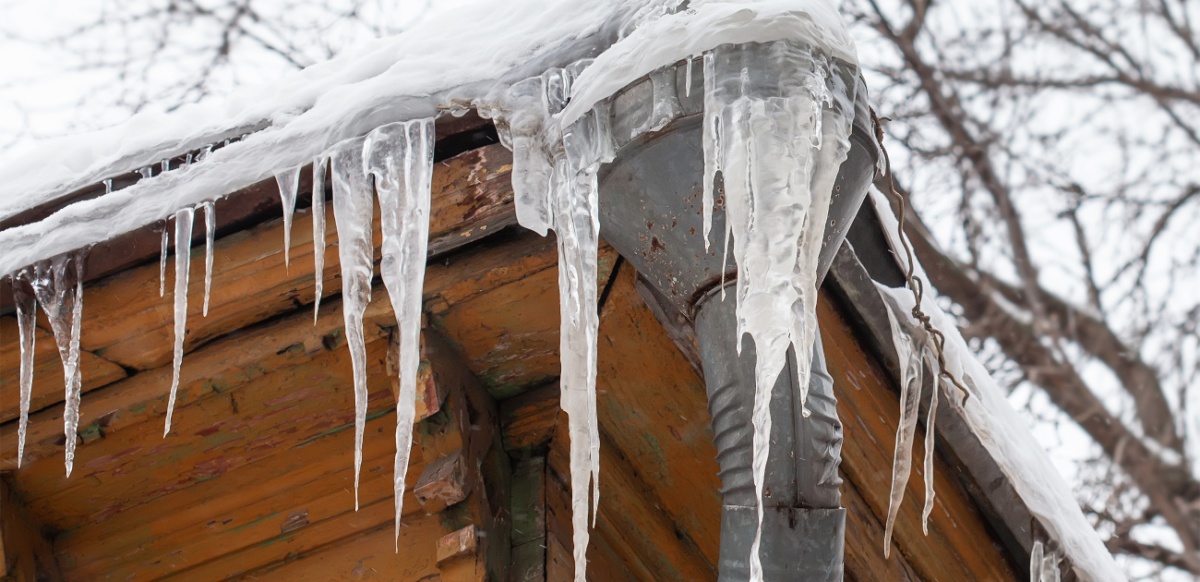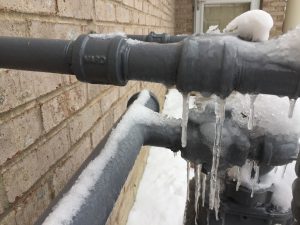Avoid Frozen Plumbing in Cold Weather: Expert Strategies
Avoid Frozen Plumbing in Cold Weather: Expert Strategies
Blog Article
The article author is making a few good observations relating to How To Avoid Freezing Pipes overall in the article underneath.

Cold weather can damage your plumbing, especially by freezing pipes. Right here's exactly how to stop it from taking place and what to do if it does.
Intro
As temperatures decrease, the risk of icy pipes boosts, potentially bring about pricey repair services and water damage. Comprehending exactly how to stop icy pipes is crucial for home owners in cool climates.
Comprehending Frozen Pipelines
What triggers pipelines to ice up?
Pipes ice up when revealed to temperatures listed below 32 ° F (0 ° C) for prolonged durations. As water inside the pipes freezes, it increases, putting pressure on the pipe walls and potentially causing them to burst.
Threats and problems
Icy pipelines can lead to supply of water interruptions, home damage, and expensive fixings. Burst pipes can flooding homes and create extensive architectural damages.
Signs of Frozen Water Lines
Recognizing icy pipes early can avoid them from rupturing.
Exactly how to determine icy pipelines
Search for reduced water circulation from taps, uncommon odors or noises from pipes, and visible frost on revealed pipes.
Prevention Tips
Protecting vulnerable pipes
Cover pipes in insulation sleeves or use warm tape to protect them from freezing temperatures. Concentrate on pipelines in unheated or exterior areas of the home.
Heating strategies
Keep interior spaces appropriately warmed, especially areas with plumbing. Open up cupboard doors to allow cozy air to circulate around pipelines under sinks.
Securing Exterior Plumbing
Garden pipes and outside faucets
Separate and drain garden tubes before winter season. Install frost-proof spigots or cover outside faucets with insulated caps.
What to Do If Your Pipelines Freeze
Immediate actions to take
If you presume icy pipelines, keep taps open to eliminate stress as the ice thaws. Use a hairdryer or towels soaked in hot water to thaw pipes slowly.
Long-Term Solutions
Architectural changes
Think about rerouting pipelines away from outside walls or unheated locations. Include additional insulation to attics, cellars, and crawl spaces.
Updating insulation
Invest in top notch insulation for pipes, attics, and wall surfaces. Appropriate insulation aids maintain regular temperature levels and decreases the threat of frozen pipes.
Conclusion
Preventing icy pipes calls for proactive steps and quick actions. By understanding the causes, indications, and safety nets, property owners can safeguard their plumbing during winter.
Helpful Tips to Prevent Frozen Pipes this Winter
UNDERSTANDING THE BASICS: WHY PIPES FREEZE AND WHY IT’S A PROBLEM
Water freezing inside pipes is common during the winter months, but understanding why pipes freeze, and the potential problems it can cause is crucial in preventing such incidents. This section will delve into the basics of why pipes freeze and the associated problems that may arise.
THE SCIENCE BEHIND FROZEN PIPES
When water reaches freezing temperatures, it undergoes a physical transformation and solidifies into ice. This expansion of water as it freezes is the primary reason pipes can burst. As the water inside the pipe freezes, it expands, creating immense pressure on the walls. If the pressure becomes too great, the pipe can crack or rupture, leading to leaks and water damage.
FACTORS THAT CONTRIBUTE TO PIPE FREEZING
Low Temperatures: Extremely cold weather, especially below freezing, increases the risk of pipes freezing. Uninsulated or Poorly Insulated Pipes: Pipes located in unheated areas, such as basements, crawl spaces, or attics, are more prone to freezing. Insufficient insulation or lack of insulation altogether exacerbates the problem. Exterior Wall Exposure: Pipes running along exterior walls are susceptible to freezing as they encounter colder temperatures outside. Lack of Heating or Temperature Regulation: Inadequate heating or inconsistent temperature control in your home can contribute to frozen pipes. PROBLEMS CAUSED BY FROZEN PIPES
- Pipe Bursting: As mentioned earlier, the expansion of water as it freezes can cause pipes to burst, resulting in significant water damage.
- Water Damage: When pipes burst, it can lead to flooding and water damage to your property, including walls, ceilings, flooring, and personal belongings.
- Structural Damage: Prolonged exposure to water from burst pipes can compromise the structural integrity of your home, leading to costly repairs.
- Mold and Mildew Growth: Excess moisture from water damage can create a favorable environment for mold and mildew growth, posing health risks to occupants.
- Disrupted Water Supply: Frozen pipes can also result in a complete or partial loss of water supply until the issue is resolved.
WHY CERTAIN PIPES ARE MORE PRONE TO FREEZING
- Location: Pipes located in unheated or poorly insulated areas, such as basements, crawl spaces, attics, or exterior walls, are at higher risk of freezing.
- Exterior Pipes: Outdoor pipes, such as those used for irrigation or exposed plumbing, are particularly vulnerable to freezing as they are directly exposed to the elements.
- Supply Lines: Pipes that carry water from the main water supply into your home, including the main water line, are critical to protect as freezing in these lines can affect your entire plumbing system.
- Underground Pipes: Pipes buried underground, such as those connected to sprinkler systems or outdoor faucets, can be susceptible to freezing if not properly insulated.
https://busybusy.com/blog/helpful-tips-to-prevent-frozen-pipes-this-winter/

I was shown that editorial on Prevent Frozen Pipes through an associate on another web property. Loved our piece? Please share it. Help other people find it. Thanks a bunch for your time. Return soon.
Hire A Pro Report this page